What is GHS?

GHS The Globally Harmonized System of Classification and Labelling of Chemicals (GHS) is a standard developed by the United Nations (UN) to globally standardize and harmonize the classification and labeling of chemicals. This system was developed on the grounds that there were significant differences and inconsistencies in classifying and labeling chemical products among countries and […]
Four new hazardous chemicals added to the Candidate List in January 2022
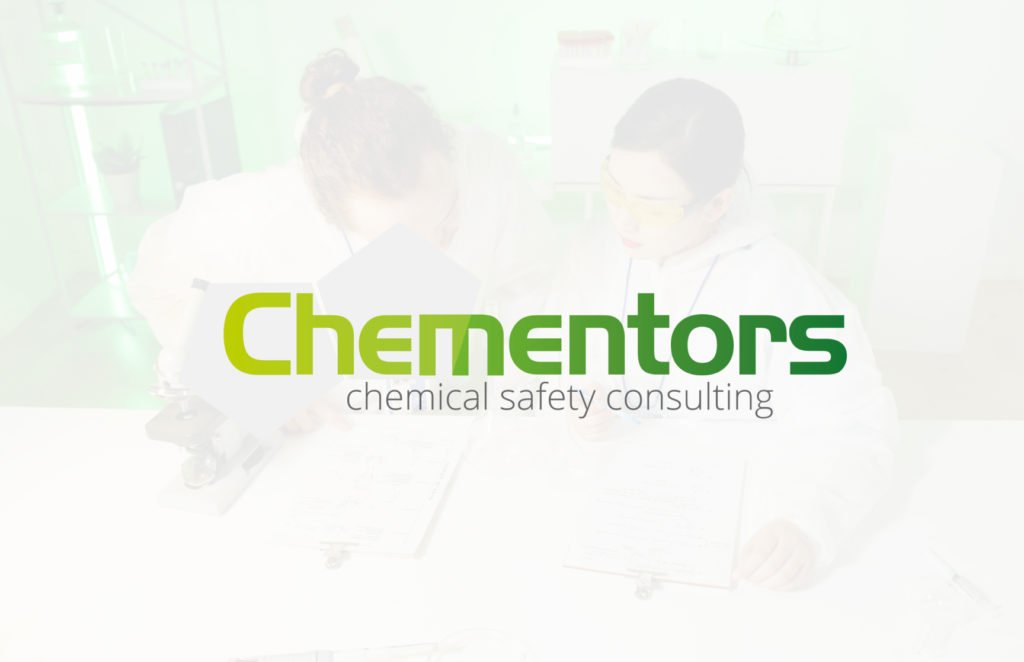
Four new chemicals have been added to The Candidate List of substances of very high concern as of 17th January 2022. The Candidate List now contains 223 entries for chemicals that can harm people or the environment (SVHC). Companies are responsible for managing the chemicals safely and providing sufficient information to their customers and consumers. […]
The registration requirements for the REACH Regulation changed in January 2022
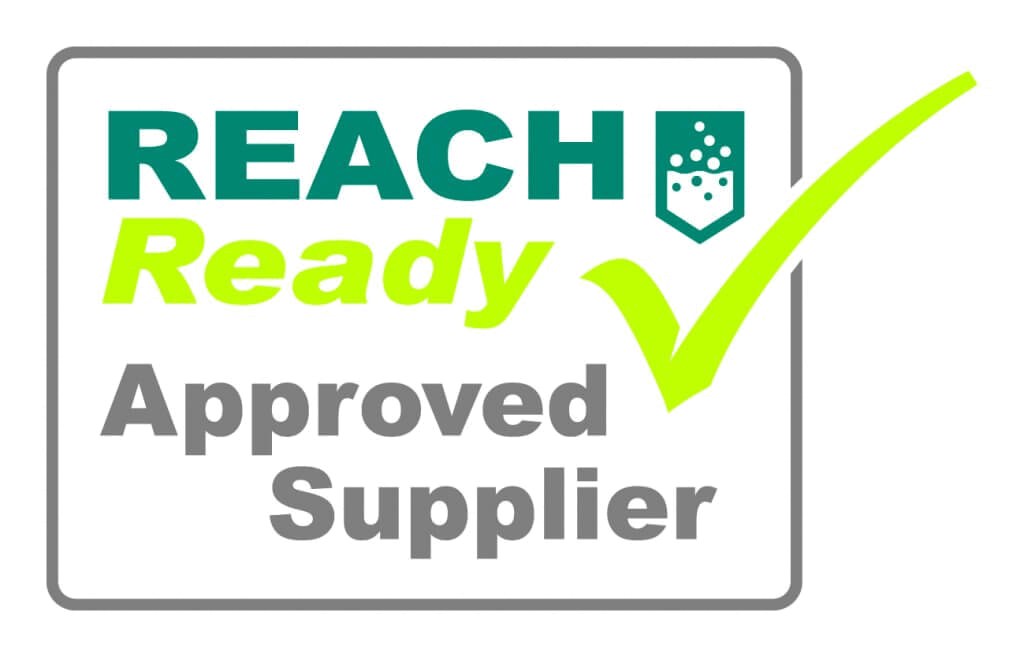
Tukes informs that the information requirements under REACH Regulation have changed starting from 8.1.2022. The amending Regulation (EC Regulation 2021/979) changed Annexes VII-XI of the REACH Regulation (EC 1907/2006), clarifying some of the information requirements and the responsibilities and roles of ECHA and operators. In addition, the general rules of the standard testing program in […]
Poison Centre Notifications Guidance Update

ECHA has published an update to the Guidance on Poison Centre Notifications. The guide is an orientation document on the European harmonised information relating to emergency health response – Annex VIII to CLP, that aims to help users subject to regulation to comply with their obligations. Since its first version in February 2019, the document […]
Upcoming changes to REACH information requirements

The European Commission has revised certain information requirements for registering chemicals under REACH. The changes will start to apply in early 2022 and companies need to start preparing. ECHA will publish more advice in late 2021. The update of the REACH annexes clarifies the information companies need to submit in their registrations and makes ECHA’s […]
SCIP notifications of SVHC substances on the EU market

EU importers and EU manufacturers now have obligations according to the EU REACH Regulation ((EC) No 1907/2006) and the Waste Framework Directive (2008/98/EC) which requires the determination of chemicals contained in their products. During this process it is important to submit a SCIP notification to the European Chemical Agency (ECHA), if certain regulatory criteria are […]
Poison Centre Notifications are here
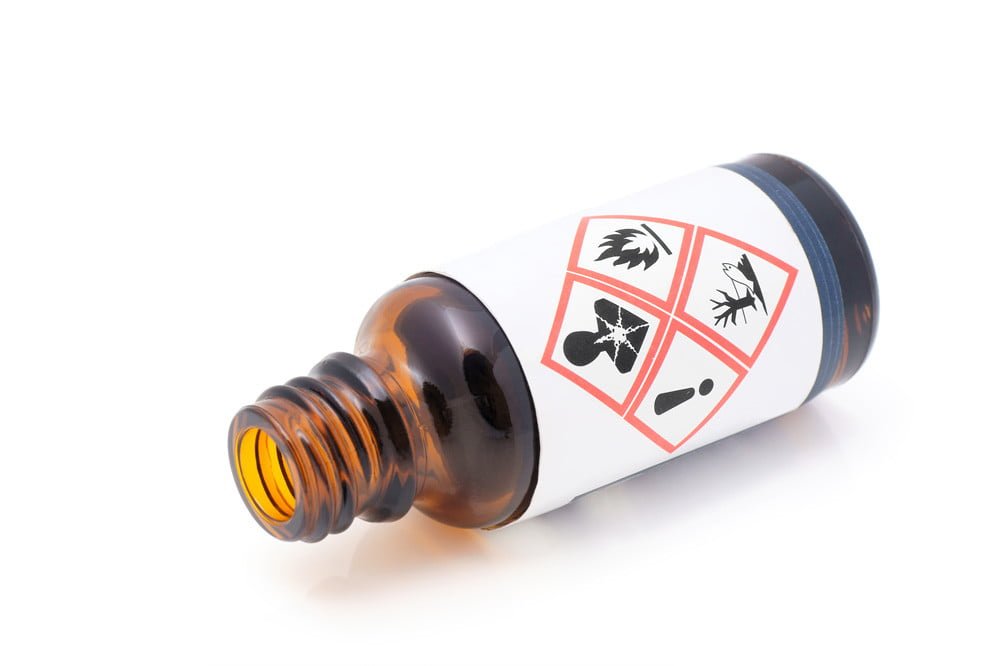
Since 1 January 2021, importers and downstream users are obligated to notify their mixtures in a harmonised format and unique formula identifiers (UFIs) must be included on mixture labels. This is an important change for companies placing hazardous mixtures on the market. Most EU countries are now accepting notifications through the ECHA Submission portal. ECHA’s […]
SVHC Candidate List update: Four new hazardous chemicals to be phased out
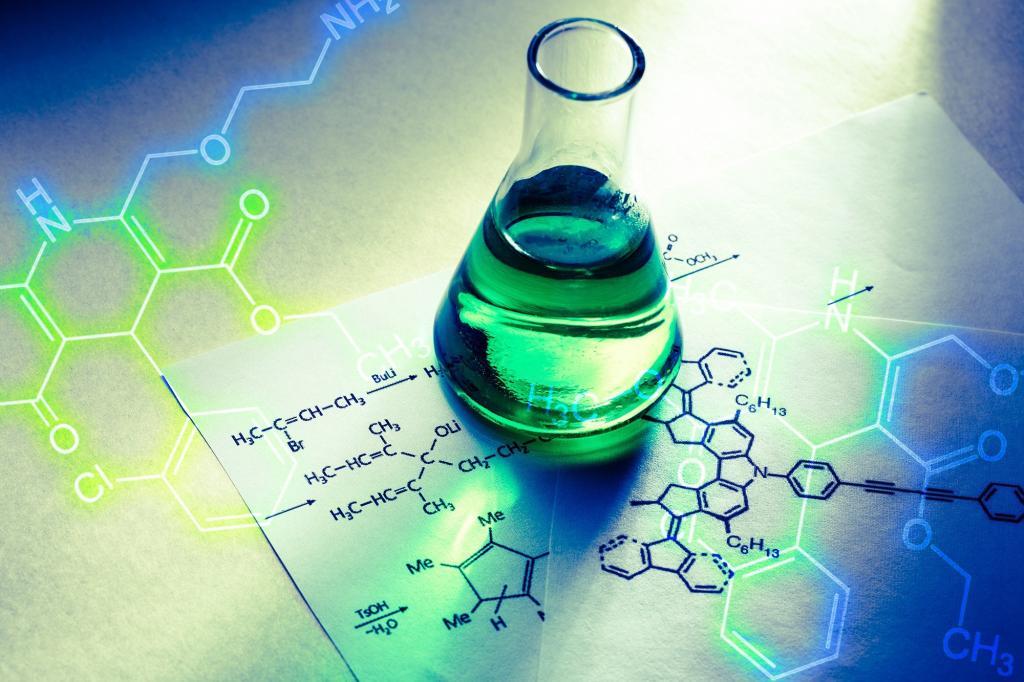
The Candidate List of substances of very high concern (SVHCs) for authorisation now contains 209 substances. Helsinki, 25 June 2020 ECHA – The four candidate substances includes an endocrine-disrupting substance, that is used in consumer products, such as cosmetics. The three others are used in industrial processes to produce polymers, coating products and plastics, respectively. […]
Vietnam is updating their National Chemical Inventory

While getting back into business after lifting nationwide lockdown aka social distancing, Vietnam has started to update their National Chemical Inventory. The Ministry of Industry and Trade (MOIT) of Vietnam published the new drafted National Chemical Inventory (NCI) in March 2020. Originally established in September 2016, NCI currently includes 36,777 substances and is organised and […]
What is the UFI code?
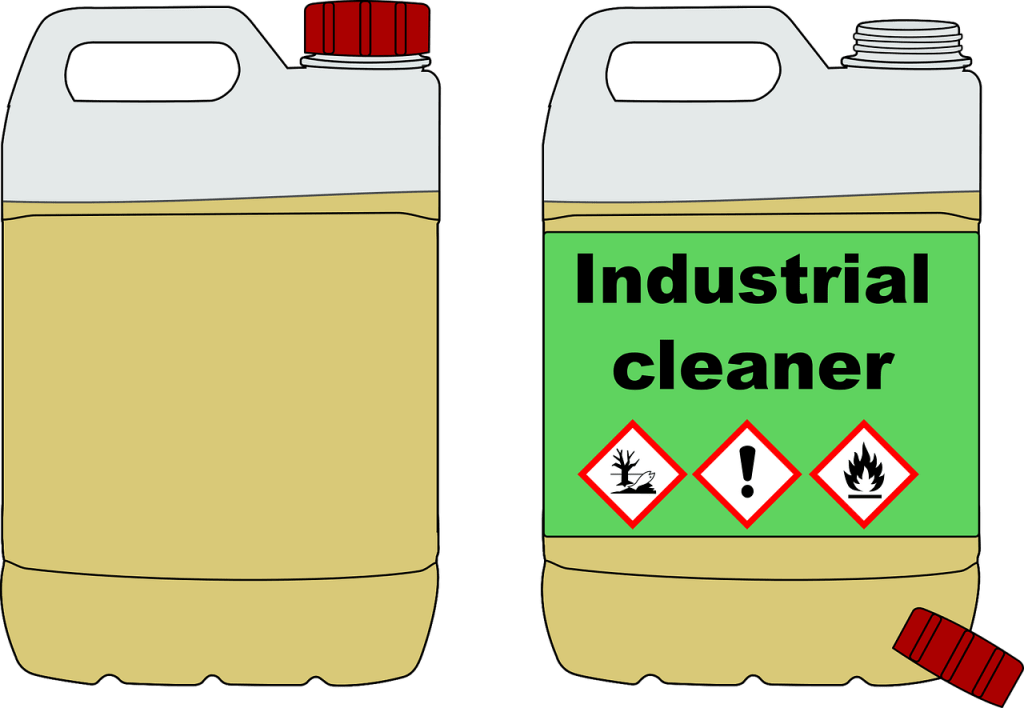
UFI is an acronym for Unique Formula Identifier. The UFI will primarily be used by poison centres in the event of an emergency call. For example, the UFI can be read directly from the label of a product to a poison centre operator in addition to the trade name to precisely identify the product involved […]
